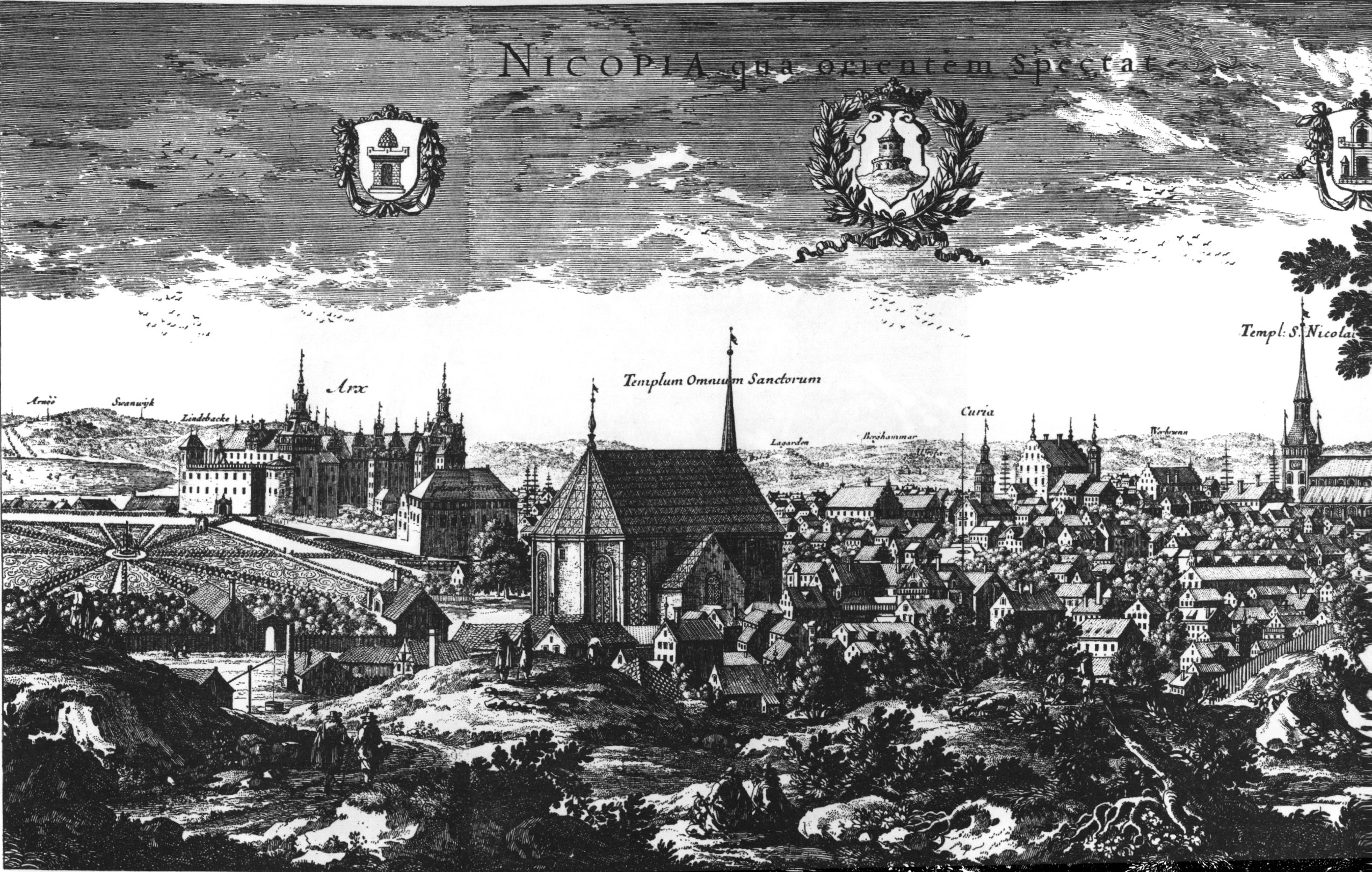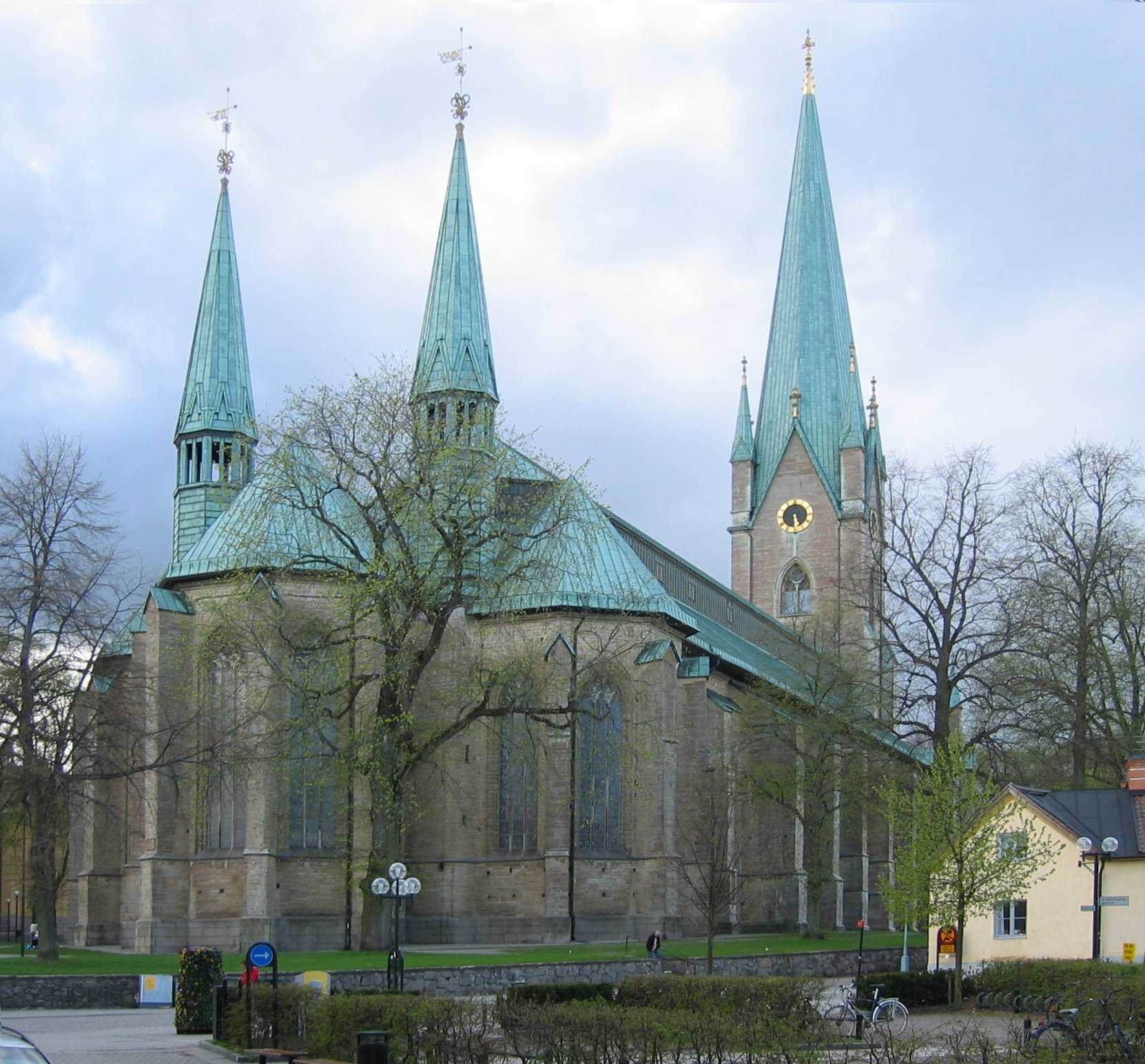|
Trivial School (Sweden And Finland)
Trivial schools ( sv, trivialskolan, fi, triviaalikoulu) were schools in Sweden and its integrated part Finland from the early 17th century, in Sweden to 1905. Trivial schools were the second grade of education in the 1649 school reform of Queen Christina. First grade was Pedagogium, followed by Trivial school and Gymnasium. Education in Trivial schools was given in three subjects; grammar including Latin and Greek, rhetoric and dialectic. The school lasted for eight years, having four two-year classes. They were disbanded in Grand Duchy of Finland by the 1843 school reform and in Sweden in 1905. (in Swedish). Retrieved November 16, 2013. Trivial schools in Sweden * |
Sweden
Sweden, formally the Kingdom of Sweden,The United Nations Group of Experts on Geographical Names states that the country's formal name is the Kingdom of SwedenUNGEGN World Geographical Names, Sweden./ref> is a Nordic country located on the Scandinavian Peninsula in Northern Europe. It borders Norway to the west and north, Finland to the east, and is connected to Denmark in the southwest by a bridgetunnel across the Öresund. At , Sweden is the largest Nordic country, the third-largest country in the European Union, and the fifth-largest country in Europe. The capital and largest city is Stockholm. Sweden has a total population of 10.5 million, and a low population density of , with around 87% of Swedes residing in urban areas in the central and southern half of the country. Sweden has a nature dominated by forests and a large amount of lakes, including some of the largest in Europe. Many long rivers run from the Scandes range through the landscape, primarily ... [...More Info...] [...Related Items...] OR: [Wikipedia] [Google] [Baidu] |
Skara
Skara is a Urban areas in Sweden, locality and the seat of Skara Municipality, Västra Götaland County, Sweden with 18,580 inhabitants in 2013. Despite its small size, it is one of the oldest cities in Sweden, and has a long educational and ecclesiastical history. One of Sweden's oldest high schools, ''Katedralskolan, Skara, Katedralskolan'' (cathedral school), is situated in Skara. The former county of Skaraborg County, Skaraborg was named after a fortress near the town. Geography Skara is located by the European route E20, E20 motorway, about northeast of Gothenburg, in the centre of Västergötland. Across the hills to its east is the somewhat larger town of Skövde, about away. Climate Skara has a humid continental climate, though it is influenced by maritime moderation in spite of its inland position. Its proximity to Kattegat and lake Vänern contributes to summers being slightly cooler than areas to the north-east, and winter temperatures mostly hover around the freezi ... [...More Info...] [...Related Items...] OR: [Wikipedia] [Google] [Baidu] |
Piteå
Piteå () is a locality and the seat of Piteå Municipality in Norrbotten County, Sweden. Piteå is Sweden's 58th largest city, with a population of 23,326. Geography Piteå is located at the mouth of the Pite River ( sv, Piteälven), at the shore of the Bay of Bothnia. The central part is located on an islet called Häggholmen, which due to post-glacial rebound almost has become a part of the mainland; the land in northern Sweden rises at a rate of up to per year. Piteå's coastal location, with numerous islands and inlets, is one of the reasons it is a popular place for tourism both in summer and winter. It features a beach resort area called Pite Havsbad, around which there is a spa, a long sandy beach, a restaurant and a golf course. The area is also suitable for fishing and outdoor activities. In the winter, snow activities such as skiing and winter bathing are common. The water temperatures reportedly being Sweden's warmest during three consecutive summers in the 1950 ... [...More Info...] [...Related Items...] OR: [Wikipedia] [Google] [Baidu] |
Nyköping
Nyköping () is a Urban areas in Sweden, locality and the seat of Nyköping Municipality, Södermanland County, Sweden with 32,759 inhabitants as of 2017. The city is also the capital of Södermanland County. Including Arnö, the locality on the southern shore of the bay just a couple of kilometres from the city centre, Nyköping would have above 36,000 inhabitants. Commonly, Arnö is referred to as a part of the city proper. It forms a wider conurbation with the neighbouring minor municipality and town of Oxelösund south of its outskirts. The municipality is much larger, although sparsely populated outside of the urban area. Nyköping directly translates to ''Newmarket'' into English. The prefix ''Ny'' is translated as New and ''köping'' is an old Swedish word for a market place and a commonly used suffix for cities in the south central region of the country (see Köping). The city is located near the open Baltic Sea on the Stadsfjärden inlet, and is regarded as a coastal loc ... [...More Info...] [...Related Items...] OR: [Wikipedia] [Google] [Baidu] |
Maria Trivialskola
Maria may refer to: People * Mary, mother of Jesus * Maria (given name), a popular given name in many languages Place names Extraterrestrial *170 Maria, a Main belt S-type asteroid discovered in 1877 *Lunar maria (plural of ''mare''), large, dark basaltic plains on Earth's Moon Terrestrial *Maria, Maevatanana, Madagascar *Maria, Quebec, Canada * Maria, Siquijor, the Philippines *María, Spain, in Andalusia *Îles Maria, French Polynesia *María de Huerva, Aragon, Spain *Villa Maria (other) Arts, entertainment, and media Films * ''Maria'' (1947 film), Swedish film * ''Maria'' (1975 film), Swedish film * ''Maria'' (2003 film), Romanian film * ''Maria'' (2019 film), Filipino film * ''Maria'' (2021 film), Canadian film directed by Alec Pronovost * ''Maria'' (Sinhala film), Sri Lankan upcoming film Literature * ''María'' (novel), an 1867 novel by Jorge Isaacs * ''Maria'' (Ukrainian novel), a 1934 novel by the Ukrainian writer Ulas Samchuk * ''Maria'' (play), a 1935 play ... [...More Info...] [...Related Items...] OR: [Wikipedia] [Google] [Baidu] |
Linköping
Linköping () is a city in southern Sweden, with around 105,000 inhabitants as of 2021. It is the seat of Linköping Municipality and the capital of Östergötland County. Linköping is also the episcopal see of the Diocese of Linköping (Church of Sweden) and is well known for its cathedral. Linköping is the center of an old cultural region and celebrated its 700th anniversary in 1987. Dominating the city's skyline from afar is the steeple of the cathedral, Domkyrka. Nowadays, Linköping is known for its university and its high-technology industry. Linköping wants to create a sustainable development of the city and therefore plans to become a carbon-neutral community by 2025. Located on the Östergötland Plain, Linköping is closely linked to Norrköping, roughly to the east, near the sea. History The city is possibly named after the '' Lionga ting'' assembly which according to Medieval Scandinavian laws was the most important thing in Östergötland. Exact location ... [...More Info...] [...Related Items...] OR: [Wikipedia] [Google] [Baidu] |
Kungälv
Kungälv () (old no, Konghelle) is a city and the seat of Kungälv Municipality in Västra Götaland County, Sweden. It had 22,768 inhabitants in 2010. In 2021, the main Kungälv - Ytterby - Kareby conurbation had a combined population approaching 30,000. In total, the whole municipality had 47,050 inhabitants. History According to official Swedish sources the city was founded in 1612, when the city of Konghelle was moved closer to the Bohus Fortress. However, this is disputed because other sources indicate that it was just a strategic relocation of the existing Norwegian city, the capital of Norway at one point under Sigurd I Magnusson, something frequently used for marketing and tourist purposes. For this reason, Kungälv could celebrate its "1000-year anniversary" in 1959. Sigurd I Magnusson (''Sigurd Jorsalfare'', i.e., Sigurd the Crusader) was the King of Norway (1103–1130) and is the best-known crusader king of Scandinavia. He was also the first European king to join ... [...More Info...] [...Related Items...] OR: [Wikipedia] [Google] [Baidu] |
Kristianstad
Kristianstad (, ; older spelling from Danish language, Danish ''Christianstad'') is a Urban areas in Sweden, city and the seat of Kristianstad Municipality, Scania County, Sweden with 40,145 inhabitants in 2016. During the last 15 years, it has gone from a garrison town to a developed commercial city, today attracting visitors in the summertime mainly from Germany, Denmark and The Netherlands. History The city was founded in 1614 by King Christian IV of Denmark (the city's name literally means 'Town of Christian') as a planned city after the burning of the nearby town of Vä and moving the city rights of the neighbouring town of Sölvesborg and Åhus to the new town. The purpose of the town was to safeguard the eastern half of the Danish province of Scania against any future raids from Sweden in the north, but also as a symbol of the power of Christian himself. One of these raids had sacked the nearby town of Vä in 1612. Vä then lost its charter and the people were moved to ... [...More Info...] [...Related Items...] OR: [Wikipedia] [Google] [Baidu] |
Stockholm
Stockholm () is the Capital city, capital and List of urban areas in Sweden by population, largest city of Sweden as well as the List of urban areas in the Nordic countries, largest urban area in Scandinavia. Approximately 980,000 people live in the Stockholm Municipality, municipality, with 1.6 million in the Stockholm urban area, urban area, and 2.4 million in the Metropolitan Stockholm, metropolitan area. The city stretches across fourteen islands where Mälaren, Lake Mälaren flows into the Baltic Sea. Outside the city to the east, and along the coast, is the island chain of the Stockholm archipelago. The area has been settled since the Stone Age, in the 6th millennium BC, and was founded as a city in 1252 by Swedish statesman Birger Jarl. It is also the county seat of Stockholm County. For several hundred years, Stockholm was the capital of Finland as well (), which then was a part of Sweden. The population of the municipality of Stockholm is expected to reach o ... [...More Info...] [...Related Items...] OR: [Wikipedia] [Google] [Baidu] |
Uppsala
Uppsala (, or all ending in , ; archaically spelled ''Upsala'') is the county seat of Uppsala County and the List of urban areas in Sweden by population, fourth-largest city in Sweden, after Stockholm, Gothenburg, and Malmö. It had 177,074 inhabitants in 2019. Located north of the capital Stockholm it is also the seat of Uppsala Municipality. Since 1164, Uppsala has been the ecclesiology, ecclesiastical centre of Sweden, being the seat of the Archbishop of Uppsala, Archbishop of the Church of Sweden. Uppsala is home to Scandinavia's largest cathedral – Uppsala Cathedral, which was the frequent site of the coronation of the Swedish monarch until the late 19th century. Uppsala Castle, built by King Gustav I of Sweden, Gustav Vasa, served as one of the royal residences of the Swedish monarchs, and was expanded several times over its history, making Uppsala the secondary capital of Sweden during its Swedish Empire, greatest extent. Today it serves as the residence of the Gover ... [...More Info...] [...Related Items...] OR: [Wikipedia] [Google] [Baidu] |
Katedralskolan, Uppsala
Katedralskolan (Swedish; ''Cathedral School'' in English; colloquially Katte; formerly Uppsala Högre Allmänna Läroverket, or ''Higher-level Public Education'') is a public gymnasium in Uppsala, Sweden. The school was, according to tradition, established in 1246. It is the oldest educational institution in Uppsala, and one of the oldest in Sweden. History A school administered by Uppsala Cathedral existed before the year 1300; originally, this school was a seminary for clergy and other church functionaries. In 1509, Gustav Eriksson, who would later become King Gustav I (also known as Gustavus Vasa), became a student at the school, according to Peder Svart's chronicle. Allegedly, he tired of his studies and left the school, having driven his dagger through a book and cursed his teacher.von Heidenstam, Verner. 1910. ''Svenskarna och deras hövdingar''. From the late Middle Ages to the mid-19th century, education at the school focused on the three subjects that formed the tr ... [...More Info...] [...Related Items...] OR: [Wikipedia] [Google] [Baidu] |







